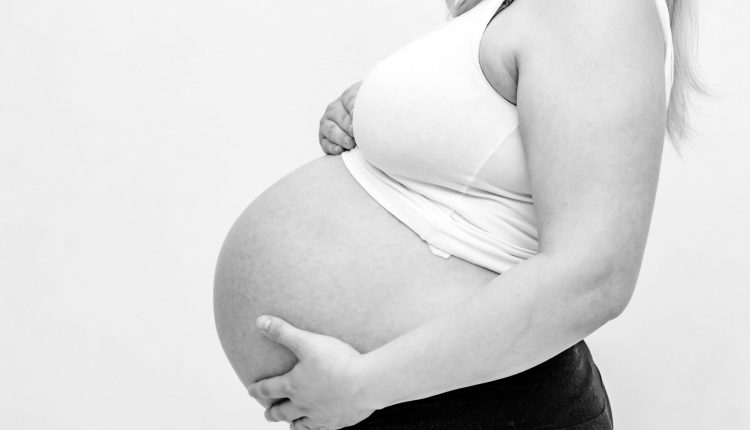Mum Tum: How to Shift Your Post-Pregnancy Weight
You get pregnant, you gain weight. So, by that logic, when you’re no longer pregnant, the weight should slip right off, right? Not necessarily. While giving birth helps you to shed, on average, about five kilograms of pregnancy weight, the baby and the amniotic fluid surrounding it aren’t the only reasons why you gain weight during pregnancy. Having to lose weight may be the last wellness concern on your mind now you have a whole, human life to take care of, but post-pregnancy weight loss can actually be beneficial for your wellbeing.
During an average pregnancy, you put on about 11 kilograms, which consists of baby, amniotic fluid, placenta, water, fat, blood, larger breasts and a larger uterus. However, no matter how much you weigh at the end of your pregnancy, weight loss will help you to feel fitter, and the regular exercise and healthy diet will give you the energy you need to keep up with your new bundle of joy. According to Jackie Keller, founder of the NutriFit meal service company and author of Body After Baby: A Simple, Healthy Plan To Lose Your Body Weight Fast, in order to lose that baby weight effectively, you need a combination of pregnancy fitness, post-pregnancy exercise and a healthy diet.
Keller comments, ‘The best time to get into exercise is actually before you fall pregnant, and it’s wise to keep it up throughout your pregnancy to prevent excess weight gain and to maintain muscle tone. If you’ve let things slip while growing your bub, don’t despair; it’s never too late to launch a comeback. And what better time than now, when, after nine long months, you have finally got your body back (even if at first it resembles somebody else’s)? For those who do become sedentary during pregnancy, it’s appropriate to start walking immediately after giving birth. Walking is the simplest and easiest form of exercise, and promotes good blood circulation, which speeds up the healing process.’
Depending on who you are and the kind of birth you had, you may even be able to begin exercising as early as the day after giving birth, or as late as six weeks after. Keller asserts, ‘There is no reason to wait. The psychological benefits of exercise, and the favourable health results, can begin right away.’ Jo Rushton, a personal trainer with Sydney-based Active Mums, adds that it’s important to get the all-clear from your doctor before you start exercising, especially if you’ve had a caesarean or difficulties in labour. Once you get the go-ahead from your GP, Rushton recommends working out for three weeks, focusing on your glutes, the back and the lower abdominals, and ideally they should aim to work out three times a week. Rushton says work out ‘twice a week and you will start to see changes. [Work out] three times a week and you are creating a commitment.’
Kelly points out that post-pregnancy bodies are no different from other bodies when it comes to exercise needs. ‘All of the muscles need to be conditioned,’ she warns. ‘You can’t spot-reduce, or spot tone-up.’ She also notes that you need to ensure you get enough water, sleep, time for yourself and proper, regular meals: ‘Breastfeeding requires an additional 2093 kilojoules (500 calories) a day, but even breastfeeding mums can monitor their kilojoules and portions and successfully lose weight without compromising their health or their baby’s health.’ Rushton adds, ‘A good balanced meal plan includes 60% favourable carbohydrates, such as cruciferous vegetables, legumes and wholegrains, and 15 to 20% healthy fats, which are high in monounsaturated fat, low in saturated fat and free of trans fat. You also need 15 to 20% lean protein.’

Comments are closed.